The smallest among them are often referred to as 'shrubs' or 'minnows' and come from all sides of the political spectrum.
But since the Second World War, no single party has ever earned enough votes to govern alone, making coalitions the norm – which means the small parties can have a decisive impact when it comes to forming alliances.
Here's a look at some of Italy's smaller parties and who their strongest allies are.
This rightwing party is part of Silvio Berlusconi's centre-right alliance, along with Berlusconi's Forza Italia and the Northern League.
Led by Giorgia Meloni, the party's full name is Brothers of Italy-National Alliance: its founding members belonged to the National Alliance, the successor of Italy's Fascist party. However, they came from the more liberal faction of the party and it was originally created in 2012 in order to oppose Mario Monti, allying with Silvio Berlusconi in elections to increase his support among the right.
Its views are national-conservative, and 'Brothers of Italy' is a reference to the first line of Italy's national anthem. The party has taken an anti-euro stance, siding with Marine Le Pen in this year's French elections, which she ultimately lost.
The party obtained two percent of the votes and nine seats in Italy's Lower House of Parliament in the 2013 election, though it performed better in the local elections later that year.
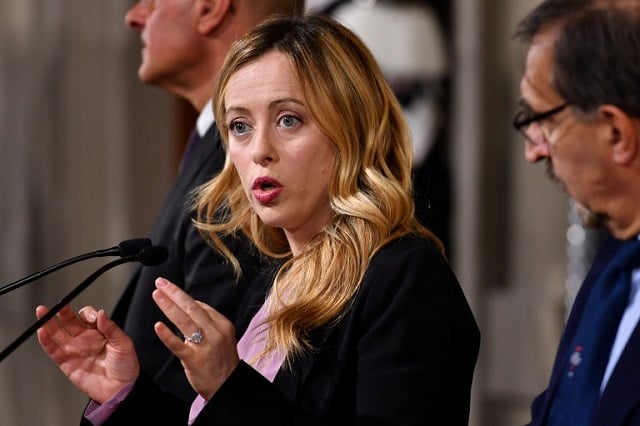
Giorgia Meloni addresses the media. Photo: Alberto Pizzoli/AFP
Free and Equal (LeU)
The newest kid on the political block is an alliance created in December 2017 by Senate president and former anti-mafia prosecutor Pietro Grasso. It includes ex-Democratic Party (PD) members who left due to disagreements with party leader Matteo Renzi, and is made up of the Italian Left, Democratic and Progressive Movement (both described in more detail below) as well as Possible, a small leftwing party founded in 2015.
Democratic and Progressive Movement (MDP)
In 2017, a group of rebels within the Democratic Party who were opposed to party leader Matteo Renzi broke away to form the MDP, and were joined by some politicians of the Italian Left. In their opening manifesto, they said they aimed to “begin a centre-left renewal”, though the group supports Paolo Gentiloni's government.
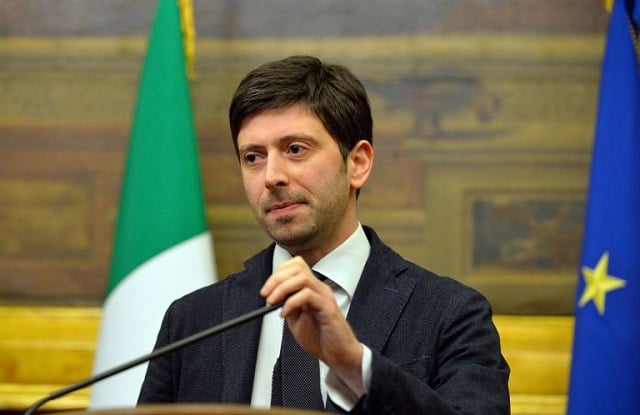
Roberto Speranza, leader of the MPD. Photo: Andreas Solaro/AFP
Italian Left (SI)
Another newbie on the political scene, the Italian Left was only formed as a full party in February 2017, made up of the former Left Ecology Freedom party as well as politicians who broke away from the Democratic Party and the Five Star Movement, some local groups and youth organizations.
Popular Alternative (AP)
Only founded in March 2017, the AP is a descendant of the New Centre Right, which split off from the People of Freedom (PdL) just before that party became Forza Italia. It sounds confusing (and it is!) but gives some idea of how common breakaway parties and changes in name (and ideology) are on the Italian political scene.
READ ALSO: Italy's political system – six key things to know
The AP is led by Angelino Alfano, who was secretary of the Silvio Berlusconi-led PdL until 2013 and widely expected to eventually take over from the media magnate. Alfano was Justice Minister under Berlusconi and has held the offices of Interior Minister and Foreign Minister since he struck out on his own. Currently, the AP has 21 deputies (of a total of 630) and 21 senators (of 315).
The AP's ideology has its roots in Christian democracy, and Alfano has been a conservative voice in recent governments on issues such as gay rights, adoption, and surrogacy, which he controversially called for to be treated “like a sex crime”.
However, Alfano threw the party's future into doubt when he announced in December he would not be running in the 2018 election, a blow to the PD, as the AP is part of its current government and would have been a likely ally.
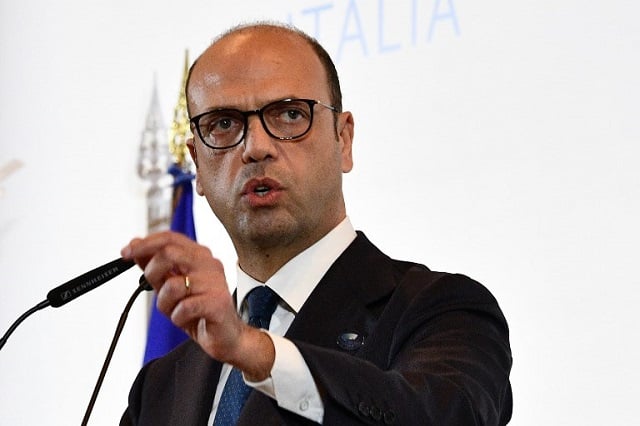
Angelino Alfano. Photo: Vincenzo Pinto/AFP
Direction Italy (DI)
Formed in January 2017, Direction Italy is a centre-right party combining conservative and liberal stances. It was preceded by the Conservatives and Reformists, which split off from Forza Italia. Both parties were led by Raffaele Fitto who opposed FI's alliance with the Democratic Party under the Nazareno Pact.
Liberal Popular Alliance (ALA)
The centre-right ALA is another offshoot of Berlusconi's Forza Italia. It is led by Denis Verdini, a former banker who broke away from FI to support Matteo Renzi's government.
Christian Revolution (RC)
Though the RC only has one deputy (its leader, Gianfranco Rotondi), it is affiliated with Forza Italia. As the name would suggest, the party is strongly influenced by Catholic teaching.
Civic Choice (SC)
Civic Choice was founded by former economist Mario Monti, who led a technocrat government appointed in 2011 to help Italy in the wake of the financial crisis. Despite never having held an elected office, when he left government Monti set up Civic Choice in order to seek re-election as PM as part of a centrist coalition – however, the coalition ended up coming fourth. The party now has seven deputies and its president is Mariano Rabino.
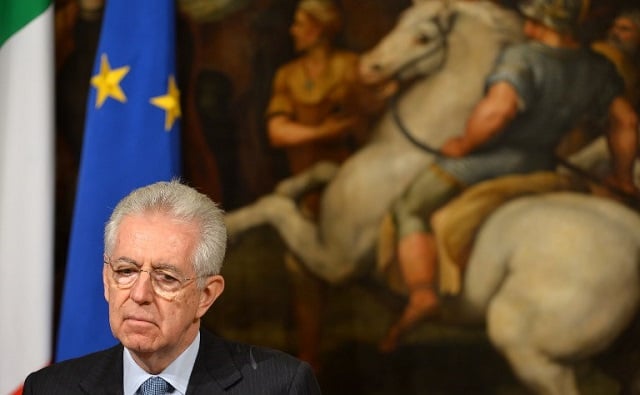
Mario Monti. Photo: Gabriel Buoys/AFP
Union of the Centre (UdC)
The party's full name, Union of Christian and Centre Democrats, gives an insight into its ideology, which is centrist but leaning more to the right, and based on Christian democracy. On issues such as abortion, gay rights, and euthanasia the party is extremely conservative.
It has taken part in different alliances, most often with Forza Italia but also with the Democratic Party and Alfano's Popular Alternative. In the 2013 elections, it gained 1.8 percent of the vote – a significant drop from previous years when it received over five percent – but has performed more strongly in southern regions.
Centrists for Europe (CpE)
Formed by politicians breaking away from the UdC earlier this year, this is another centrist party based on Christian democracy. The breakaway happened after the UdC became increasingly critical of Renzi's government and moved slightly to the political right.
Italy of Values (IdV)
Founded by a former prosecutor in Italy's biggest ever corruption case and now run by a magistrate, Italy of Values positions itself in the centre. It has a populist ideology, aimed at giving a voice back to the people and tackling corruption in politics, and its members and supporters also include figures from the far left. In 2013, it won 2.25 and 1.79 percent of the vote in the Chamber of Deputies and Senate respectively, but performs most strongly in the south.
READ ALSO: What is Italy's ruling Democratic Party?

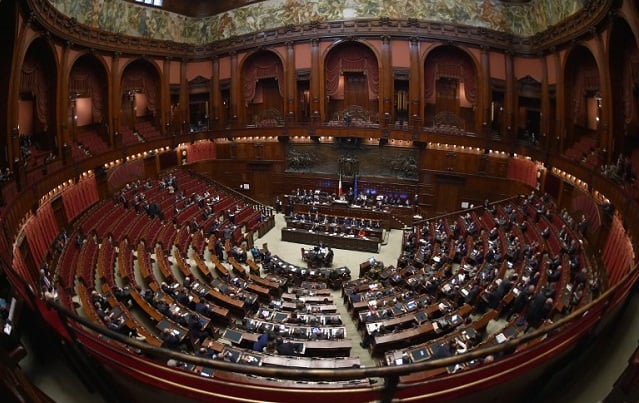

 Please whitelist us to continue reading.
Please whitelist us to continue reading.
Member comments